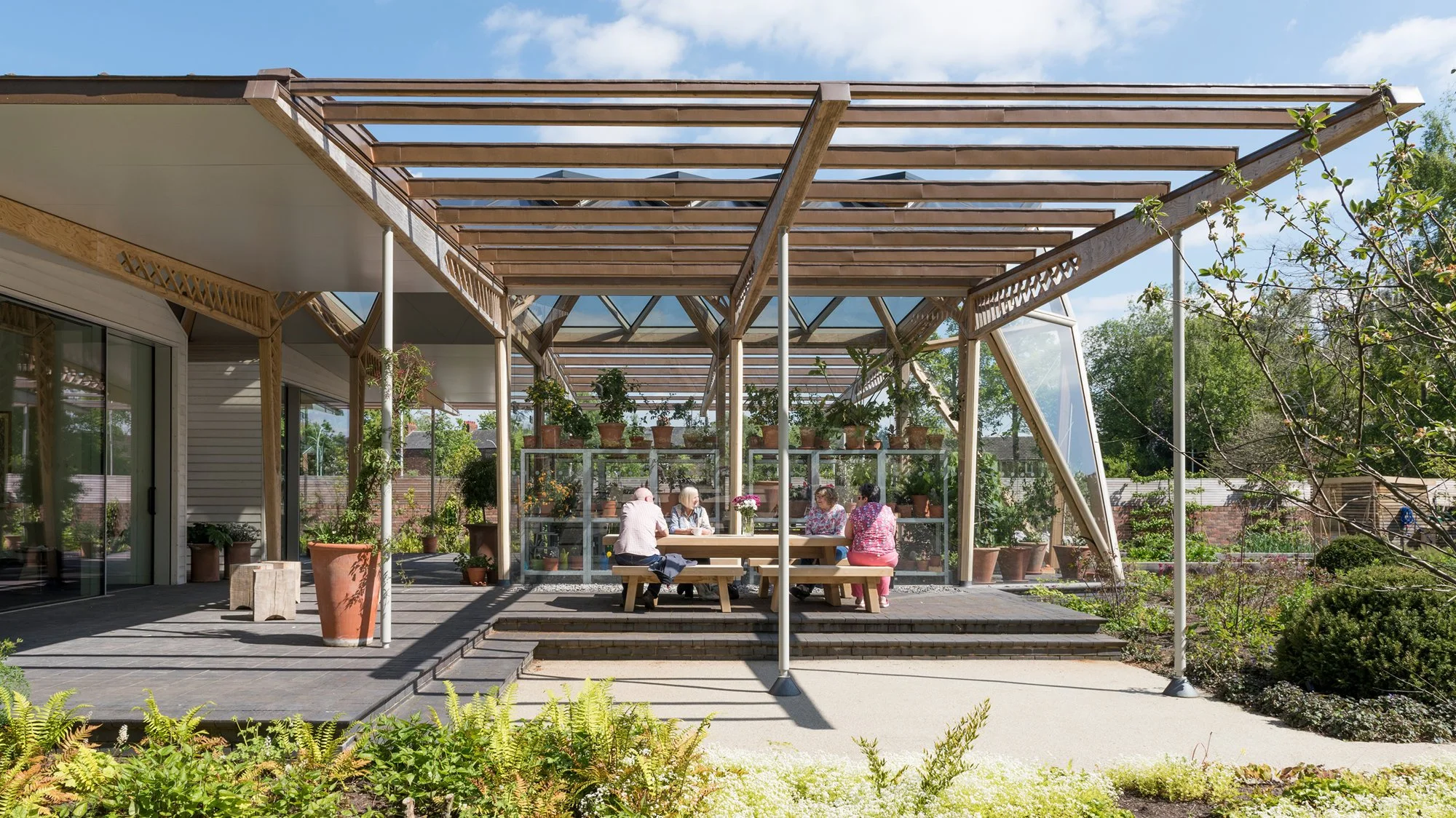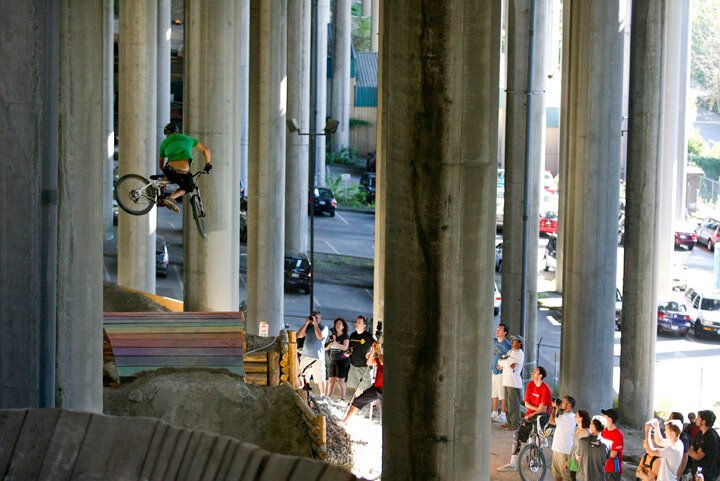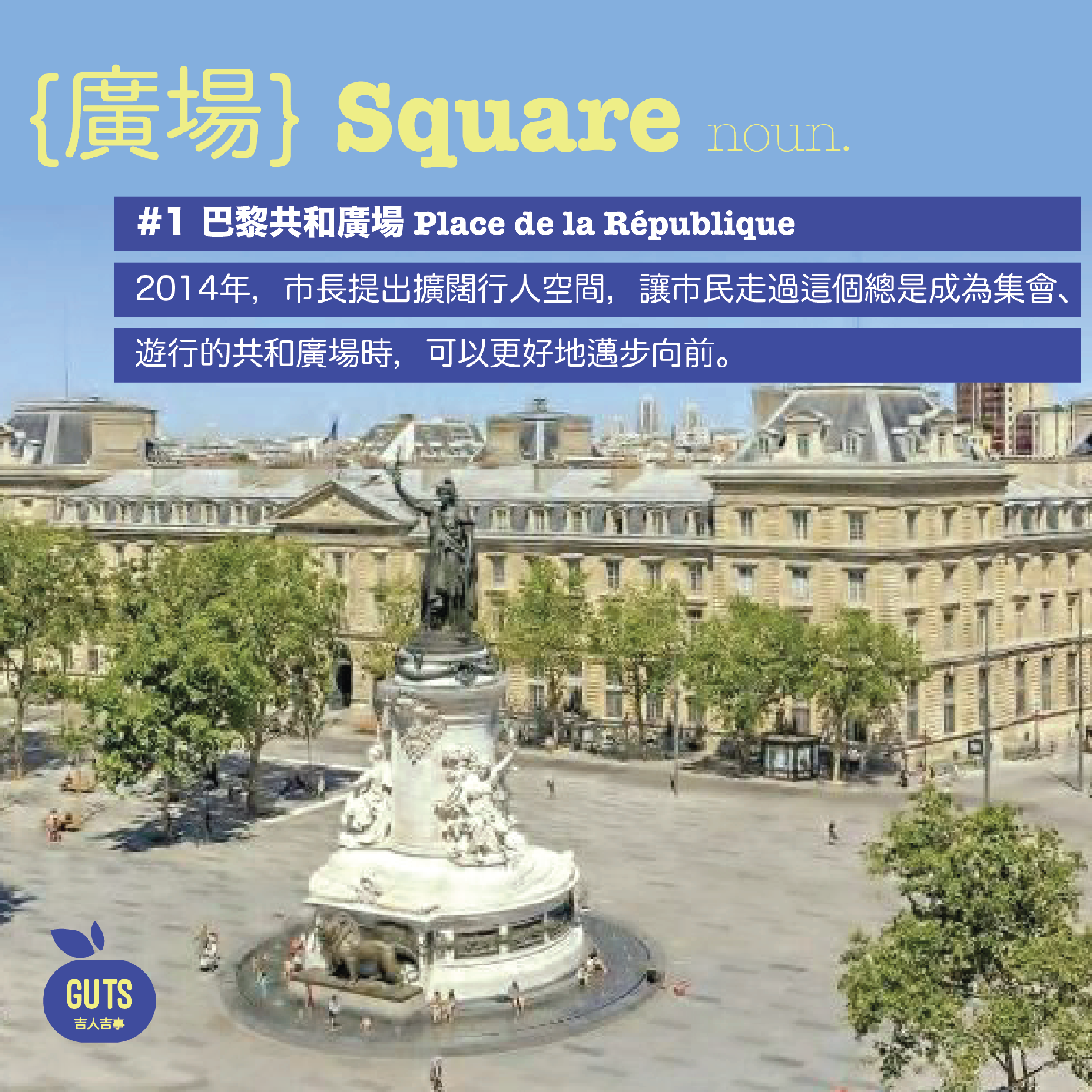封城,封不到的空間創意|Lockdowns do not lock down spatial creativity
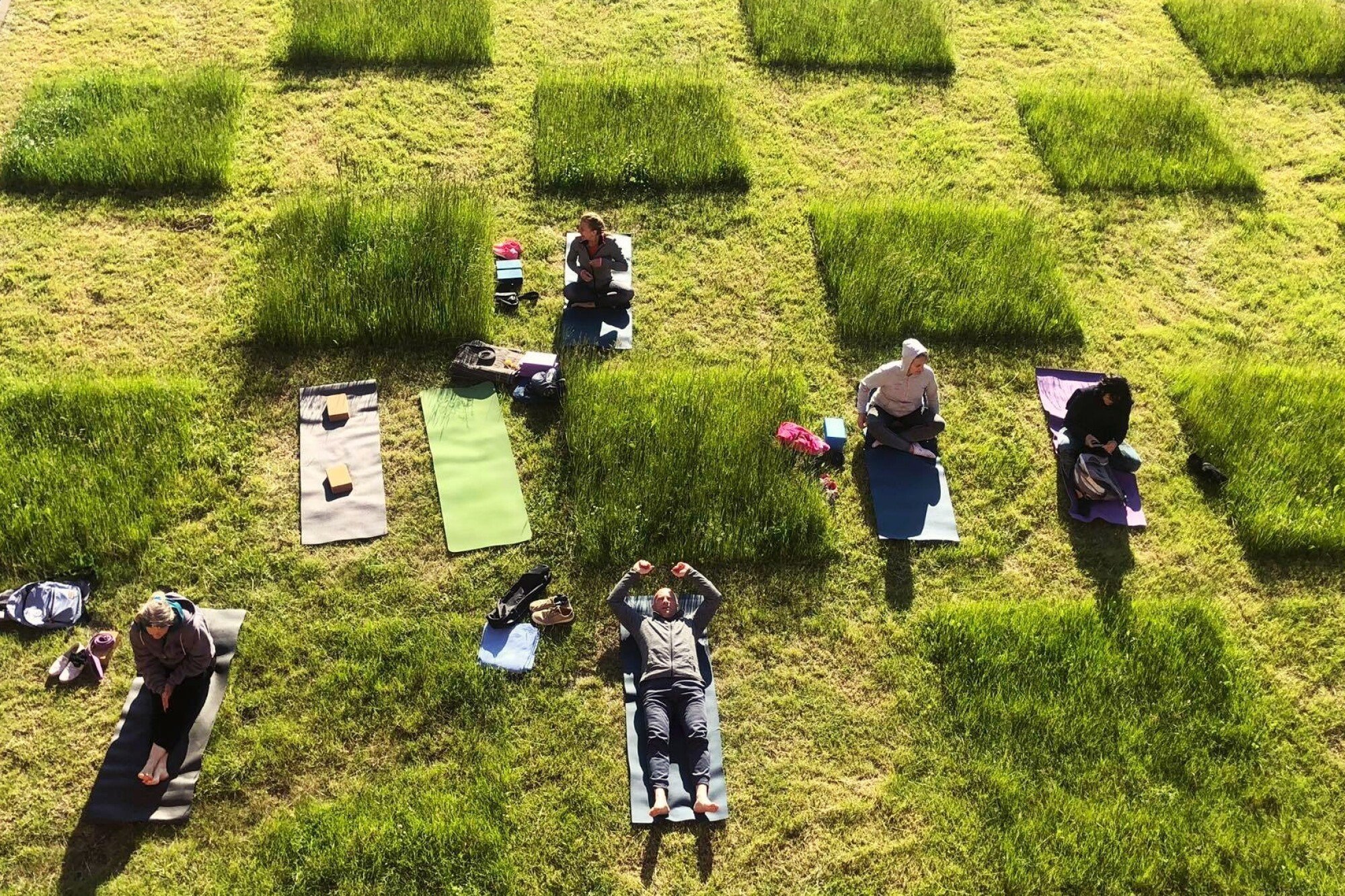
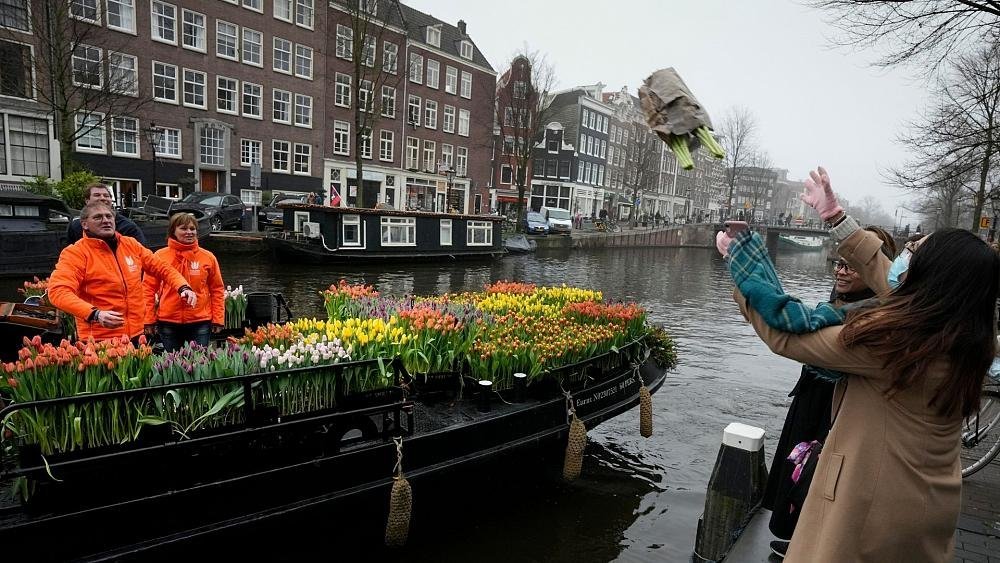
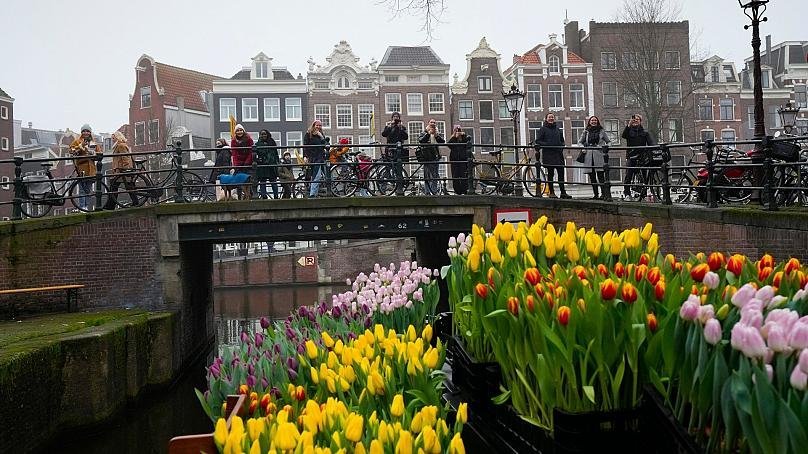
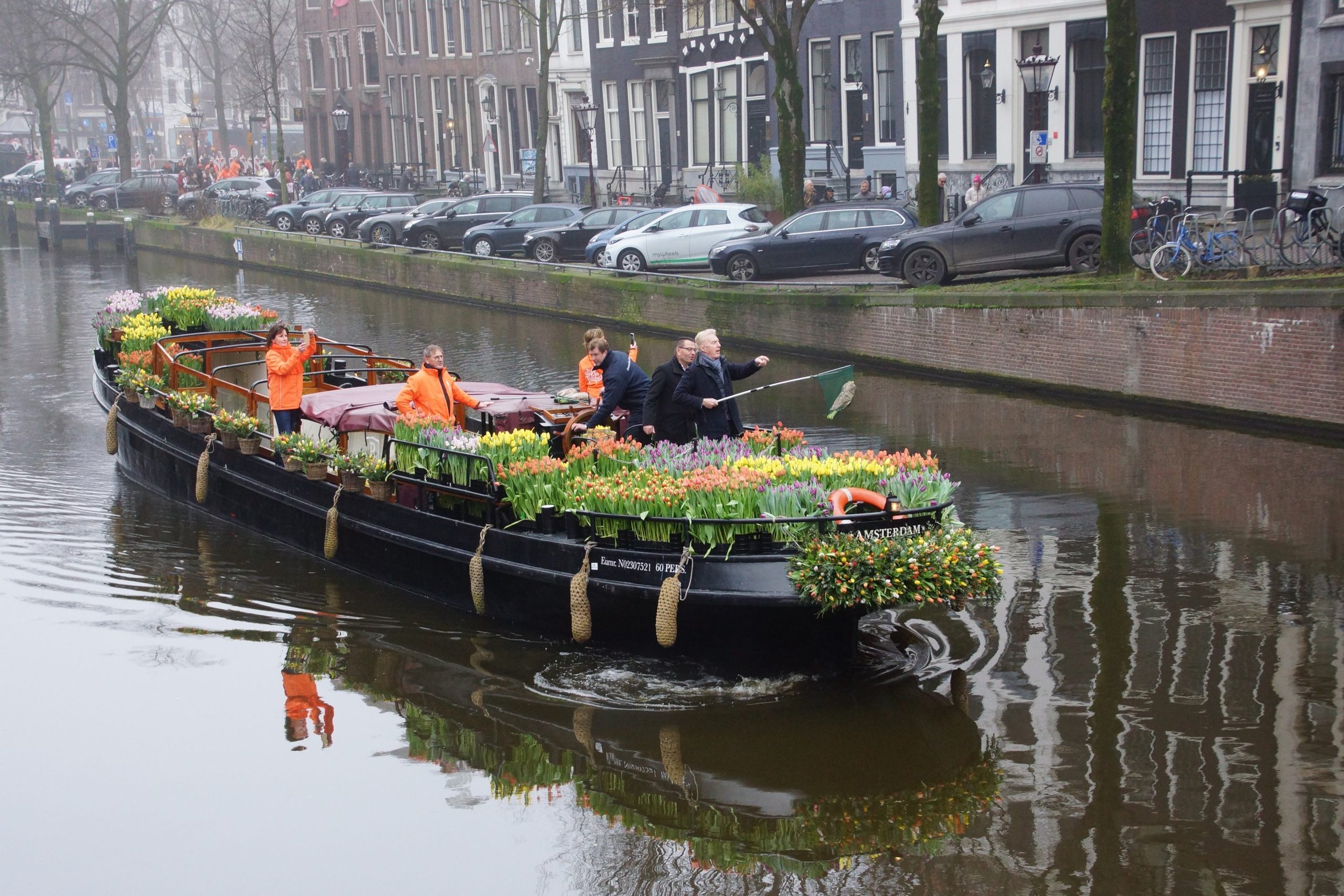
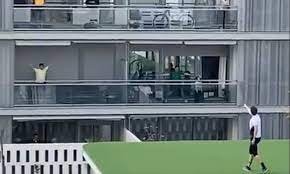
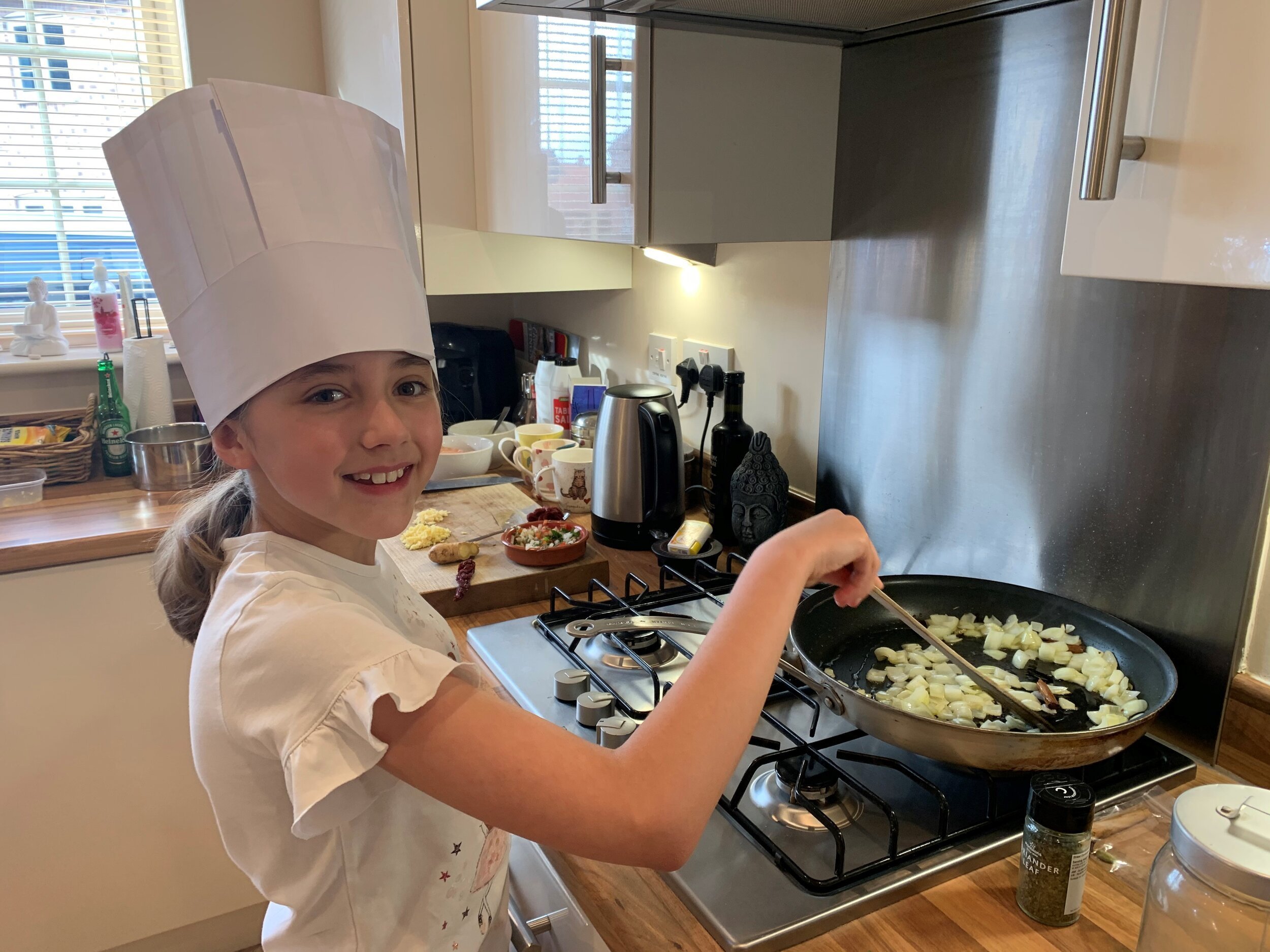
Stay Positive, Test Negative——在世界各地流傳這個問候語的同時,香港人在3月卻經歷了一輪隨時封城的陰霾:究竟會不會封城?封城儲多少糧食?事前有什麼要準備?
幸好,我們並不孤單,而且經歷過封巿的大有人在。既然前車可鑑,作為城市設計者,吉人從這些城巿有什麼觀察?這一期,讓我們回到2年前的歐洲,看看他們在封城的日子,如何引入一點民間創意。如果,封城終有一天會發生,我們就試試幽默地活用空間,在隔離的同時維繫社區人情。
荷蘭:河上花展 突破隔膜
運河與鬱金香,是荷蘭首都阿姆斯特丹的兩大特色,城市每年都會舉辦國家鬱金香日,在王宮廣場設置花展,但封城期間,舉辦商為免人群聚集,於是改變花展形式,移師到船上進行。船上放滿盆栽,花農預先包紮花束,在運河行駛經過石橋時,敏捷的工作人員將花束用力一拋,橋上市民驚喜一接,笑逐顏開。漁網亦是送花法寶,船夫手持長長的漁網柄,向上一舉,橋上女士輕鬆收花。硬繃繃的社交距離沒有框住花農的創意,他們繼續向全城展示燦爛花季,為大眾送上祝福。
波蘭:棋盤草地 輕鬆隔開遊人
在香港的公園,經常看到這一幕:保安勞氣勸喻公園遊人保持距離,努力一番過後不久又打回原型。波蘭藝術館Centrum Sztuki Galeria EL館長讀建築出身,嘗試以空間設計、更自然的方法,解決管理的問題:館外原本雜亂的草地,大刀一剪,修剪成一個大型「棋盤」,每格1.5米,人們在短草的一格野餐休息,旁邊由長長野草隔開,無需開口也做到社交距離。夏天時,藝術館將室內音樂會移師草地舉行,這不單成為年輕人IG打卡位,更引來國內外媒體的正評迴響。整個除草工程只花了50美元(港幣大約390元),有學者形容這展示出疫情的策略式城市主義(Tactical Pandemic Urbanism)。
西班牙:冇嘢可以阻到我哋運動!
數年前,超強颱風山竹襲港,網民上載打工仔跨越塌樹返工的相片,笑稱「冇嘢可以阻到香港人返工」。西班牙有個健身教練,則堅持「冇嘢可以阻到西班牙人運動」,他在城市塞維亞,照舊為隔離住客提供面授課程:屋苑呈四方格局,學生在家中露台揮動手腳,教練則站在對面建築物的天台,指示學生轉換動作,一起燃燒卡路里之餘,也燃點四面鄰舍情。這個教練給我們的啟發是,多從屋企的附近留意平時少運用的閒置空間,在不一樣的日子,可能是它發揮不一樣的用途的時候﹗
英國:學生廚藝挑戰 網上煮出社區生氣
疫情再壞,食物都能暖胃暖心。港人常討論平靚正兩餸飯,英國小鎮Retford將「講飲講食」昇華為團結社區的活動。當地Carr Hill小學向來鼓勵學生鑽研廚藝、食得健康,校長在封城期間,決定停課不停學,請平日負責學校膳食的員工Dawn Parsons,為學生設計「廚藝小挑戰」,每周挑戰主題都不同:麵包、異國菜、聖誕,甚至是彩虹。學生在家中完成挑戰後,上載相片至Facebook群組,由Dawn或鎮內烘焙師傅等居民評審作品,表現優異的學生可以獲得禮物。由於這是個公開群組,引來鎮內大人也主動參與,他們留言鼓勵學生、分享食譜或是一起新手上路,嘗試煮食。亦有商店聯絡學校贊助獎品、廚藝學校捐贈麵粉,居民出門順路帶回家。這場校園活動意外發酵成為社區活動,大人細路都樂在其中,背後除了網絡推動,更重要是學校的體貼與創意,以及居民的一份善意與主動。
地點:荷蘭、波蘭、西班牙、英國
圖片:網上
The greeting “Stay Positive, Test Negative” has quickly caught on around the world in early 2022 as a sign of optimism for a gradual victory over the COVID -19 pandemic. However, Hongkongers were overwhelmed by fears of a citywide lockdown in March. As Hong Kong has not experienced a lockdown before, people were anxious about having enough food and necessities. Thankfully, we can learn from other cities’ lockdown experiences and prepare ourselves.
How about improvements to urban design during lockdowns? Are there any overseas examples GUTS could learn from? In this issue, we would like to take you back to Europe in 2020, and highlight how different communities made the tough pandemic days a little easier with bottom-up creativity . These examples offer valuable insights for us to approach the use of public space with a sense of humour, keeping our community safe and connected even if a lockdown is inevitable.
The Netherlands: A floating flower display that bridges safe distancing
Amsterdam, the capital of the Netherlands, is known for its canals and tulips. The National Tulip Day is held in front of the royal palace on the Dam Square every year. However, with lockdown measures in place for 2020, organizers found an innovative way to keep the tradition going – they took the event to the city’s residents using stunning floats travelling down its canal networks. Growers filled canal boats with tulip bouquets and tossed them to spectators viewing the display on bridges, much to everyone’s delight. Other growers delivered tulips using fishing nets with extendable arms which made it convenient for both grower and the public to send and receive their bouquets. The tulip giveaway not only brightened up the capital amidst gloomy times; it also demonstrated how people could think out of the box to work around stifling social distancing measures to deliver blooming flowers and send blessings to people through innovative ways.
Poland: A checkerboard lawn that naturally delineates social distancing
We often observe security guards giving verbal warnings to park users in a futile attempt to reinforce social distancing in Hong Kong’s parks. Despite tedious effort, warnings are conveniently ignored once frontline staff are out of sight. In Poland, social distancing measures in parks are enforced in an entirely organic and creative way. Adriana Ronżewska-Kotyńska, the director of the gallery Centrum Sztuki Galeria EL who was trained in architecture, came up with a design solution that could naturally keep a safe distance among visitors and yet minimize the workload of frontline staff. With the concept of a checkerboard in mind, Adriana ordered the team to mow the grass lawn in a pattern of squares with short and long grass, creating a grid of alternating squares each 1.5m wide. This creates a natural social distance between groups of visitors instead of using warnings or barriers.
During the summer, the gallery moved its indoor music concerts to the outdoor lawn. This simple yet elegant strategy not only went viral on Instagram, it also received positive feedback from both local and foreign media. You would be surprised by how cost-effective it was – mowing the lawn cost only USD$50 (approximately HKD$390)! A scholar described such urban innovation borne out of COVID-19 lockdown measures as a form of tactical pandemic urbanism.
Spain: Not even a quarantine can stop people from getting a good workout!
When Hong Kong was hit by super typhoon Mangkhut few years ago, netizens created a viral meme using a photo of a commuter climbing through fallen trees to get to work, stating how “nothing can stop Hongkongers from going to work!”. While some Hongkongers are passionate for work, a Spanish fitness instructor in Seville, Spain was adamant that “nothing can stop Spaniards from exercising!” While the city was in a total lockdown, he continued to conduct workout classes for residents stuck in quarantine at a condominium complex. Capitalising on the courtyard-like design of taller buildings surrounding a lower block on all four sides, the instructor stood on the rooftop of the lower building to lead workout routines for residents standing at their balcony .
It was more than a workout class. Members living in close proximity were not just burning calories but also rekindling their community spirit and supporting each other through hard times. What the instructor did is a timely reminder to always explore the potential of unused spaces in our neighbourhood which could be repurposed during unusual times to meet the community’s needs.
Britain: An online cooking challenge for students brings the whole community together
During tough times fighting the pandemic, food is what we can turn to for comfort – and to cultivate community bonds. While Hongkongers connect through the latest food trend of cheap takeaway “rice boxes with 2 side dishes”, people in Retford, a small town in Britain, did so through an online cooking challenge for its students. The local school Carr Hill Primary School is a champion for healthy food and healthy cooking amongst its students. During the lockdown, the school principal decided to facilitate learning in an alternative way. She asked Dawn Parsons, the catering manager of the school, to devise a “cooking challenge” for the kids. There were weekly themes covering bread-making, foreign cuisine, Christmas, and even rainbow! Students uploaded photos of their completed dishes to a public Facebook group, which Dawn and other residents in town judged and awarded prizes for outstanding submissions.
The challenge went beyond a school event to engage the town’s entire community: adults started writing encouraging comments and shared recipes in the Facebook group. Some, like the students, who were novice in cooking also participated in the challenges. Local businesses proactively contacted the school to offer prizes while a local cooking school sponsored flour which friendly residents collected on their daily commute and helped pass them on to students for their baking challenge. While social media was important in extending the reach of this school initiative, it was ultimately the school’s creativity and thoughtfulness, and the enthusiasm and kindness of the neighbourhood, which transformed a school event into a community activity.
Location: The Netherlands, Poland, Spain, Britain
Photos: Internet
你可能對以下吉人吉事有興趣:
You may also be interested in these GUTS Stories:




